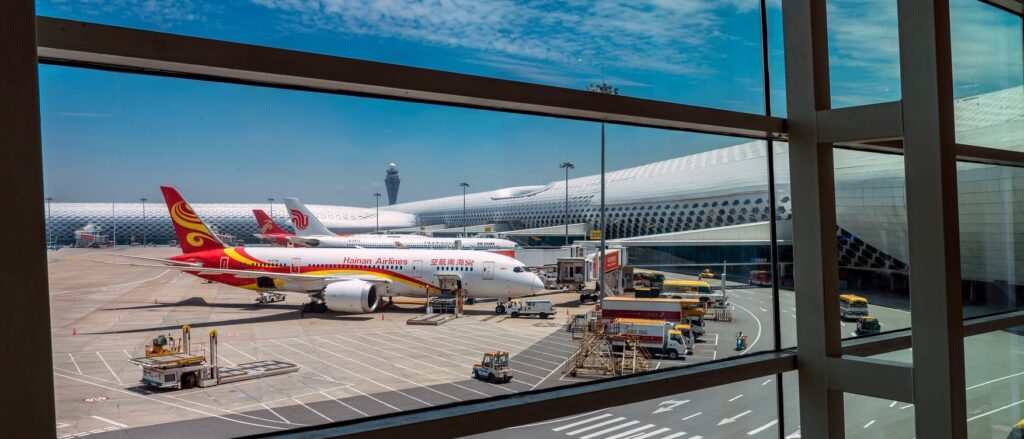2020 marked the end of the 13th five-year plan of China, a series of social and economic development initiatives within a period of five years issued since 1953 in China. During the annual civil aviation conference held on the 12th of January, the committee shared what achievements China civil aviation had made during the last five years. Here is a summary:
Recovery after the epidemic:
In the fourth quarter of 2020, the total turnover of transportation, passenger transport, cargo and postal transport respectively recovered to 76.3%, 84.2% and 95.8% of the same period last year. Domestic air transport had recovered to 94.5%. In 2020, 79.85 billion ton kilometers were transported; 420 million passengers were transported, 6.766 million tons cargo and postal were transported, equivalent to 61.7%, 63.3%, and 89.8% of that in 2019. From mid-October, China civil aviation started to make profits as a whole, after COVID impact.
Aviation Safety:
During the 13th five-year plan period, China’s civil aviation transportation has zero major accident and death toll. So far, it has been flying safely for “120 + 4” months.
Fleet:
A total of 1253 transport aircraft and 940 general-purpose aircraft were added to the fleet. The scale of China’s civil aviation fleet has reached 6747, and the proportion of Chinese-built civil aircraft in use for regional aviation has reached 33%. The percentage will keep growing as Comac ARJ slowly replace the retiring E190 and CRJ models.
Airports:
43 new transport airports have been built or relocated, 241 transport airports have been certified nationwide, 41 new runways, 5.88 million square meters of terminal buildings and 2300 aircraft parking spaces have been added. The new facilities increase the capability to serve 400 million more people , with a total capacity to serve 1.4 billion people.
39 airports reached a level of 10 million passengers throughput.
The functions of Beijing Capital, Shanghai Pudong, Guangzhou Baiyun and other international hubs have been enhanced, and the passenger volume of international routes in 2019 increased by 28.5%, 37.6% and 69.7%, respectively compared with that at the end of the 12th five-year plan.
Route:
263 new routes were added, and the total mileage of domestic routes reached 237000 km, an increase of 38000 km from the 12th five-year plan period.
Service improvement:
The flight punctuality rate has exceeded 80% for three consecutive years, reaching 88.52% in 2020, 20 percentage points higher than that at the end of the 12th five-year plan.
233 airports have realized paperless check-in. More than 70 percent of passengers use self-service check-in machines for domestic flights in airports capable of handling more than 10 million passengers.
The quality of luggage transportation has been improved, with the construction of the RFID luggage tracking system.
The construction of onboard WiFi was accelerated. 653 aircraft of 19 Airlines provided cabin wireless network services for nearly 10 million passengers.
